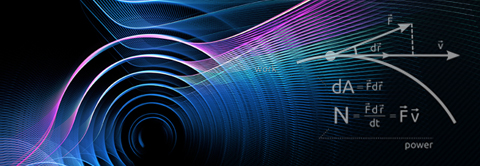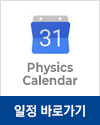[Update 세미나영상] (응집물리 세미나) Machine-Learning-Guided Prediction models and Materials discovery for high Tc cuprates
2022.08.29 13:36
| 날짜 | 2022-10-28 11:00 |
|---|---|
| 일시 | Oct. 28 (Fri), 11:00AM |
| 장소 | E6-2 #1323 |
| 연사 | 김수란(경북대 물리교육과 교수) |
세미나 영상은 아래 링크로 확인 바랍니다. (공개기한: 2023.10.27까지)
o 일시: 2022. 10. 28(금) 11:00
o 장소: E6-2 Room 1323
o Zoom Link: https://kaist.zoom.us/j/83127228653 회의 ID: 831 2722 8653
o 연사: 김수란 교수(경북대학교 물리교육과)
o 강연주제: Machine-Learning-Guided Prediction Models and Materials discovery for high Tc Cuprates
o Abstract
Cuprates have been at the center of long debate regarding their superconducting mechanism; therefore, predicting the critical temperatures of cuprates remains elusive. We demonstrate herein, using ab initio computations, a new trend suggesting that the cuprates with stronger out-of-CuO2-plane chemical bonding between the apical anion (O, Cl) and apical cation (e.g., La, Hg, Bi, Tl) are generally correlated with higher Tc;max in experiments. Also, using machine learning, we predict the maximum superconducting transition temperature (Tc,max) of hole-doped cuprates and suggest the functional form for Tc,max with the root-mean-square-error of 3.705 K and R2 of 0.969. We have found that the Bader charge of apical oxygen, the bond strength between apical atoms, and the number of superconducting layers are essential to estimate Tc,max. Furthermore, we predict the Tc,max of hypothetical cuprates generated by replacing apical cations with other elements. Among the hypothetical structures, the cuprates with Ga show the highest predicted Tc,max values, which are 71, 117, and 131 K for one, two, and three CuO2 layers, respectively. These findings suggest that machine learning could guide the design of new high-Tc superconductors in the future.
Attached: C.V






